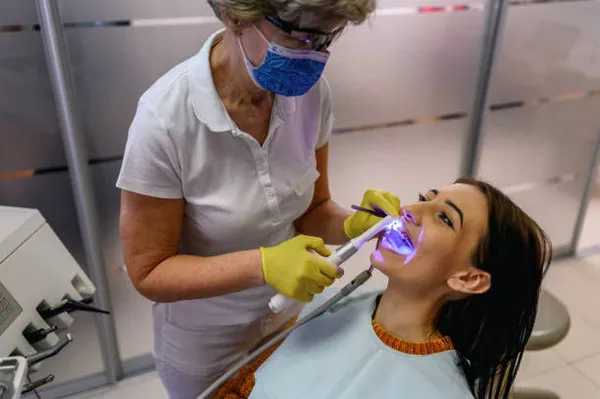After undergoing wisdom teeth removal, swelling is a common occurrence due to the body’s natural healing response. Understanding the timeline swollen after wisdom teeth, factors influencing swelling duration, and effective management strategies can help individuals navigate this phase of recovery with confidence and ease.
Normal Swelling After Wisdom Teeth Removal
Explain the Why
Following wisdom teeth removal, swelling occurs as a natural inflammatory response to the surgical trauma. The body increases blood flow to the affected area, leading to swelling as it works to heal the tissues.
Timing of Swelling
Typically, swelling peaks around 2-3 days after surgery. This is when patients often experience the most noticeable swelling and discomfort.
Duration of Swelling
On average, swelling gradually subsides over the course of 5-7 days after surgery. However, in some cases, swelling may persist for up to 10-14 days, especially if the extraction was complex or complications arise.
Factors Influencing Swelling Duration
Complexity of Removal
The complexity of the wisdom teeth removal procedure can significantly impact swelling duration. Extractions involving impacted teeth, bone removal, or multiple teeth tend to cause more extensive trauma to the surrounding tissues, leading to longer recovery times and increased swelling.
Individual Factors
Each individual’s healing process varies. Factors such as overall health, immune response, and adherence to post-operative care instructions can influence how quickly swelling resolves.
Infection
Infection is a potential complication that can prolong swelling. Signs of infection include increased swelling, fever, foul taste or odor, and pus discharge. Immediate dental attention is necessary if infection is suspected.
See Also: Is Removal Of Wisdom Teeth Considered Oral Surgery
Managing Swelling
Ice Packs
During the first 24-48 hours after surgery, applying ice packs to the cheeks can effectively reduce swelling and alleviate discomfort. Ice should be applied intermittently for about 20 minutes at a time.
Elevation
Keeping the head elevated, especially while sleeping, helps reduce swelling by promoting fluid drainage away from the surgical site.
Pain Medication
Prescribed pain medication or over-the-counter anti-inflammatories can help manage pain and reduce swelling. It’s important to follow dosage instructions provided by the dentist.
Warm Compresses
After the initial 48 hours, switching to warm compresses can improve circulation to the area, aiding in the resolution of swelling and promoting healing.
Rest
Resting and avoiding strenuous activities allows the body to focus on healing. Physical exertion can increase blood flow to the face, potentially worsening swelling.
When to Worry
Severe or Worsening Swelling
While swelling is expected initially, any significant increase or persistent swelling beyond a few days should be evaluated by a dentist. It could indicate complications such as infection or inadequate healing.
Other Signs of Complications
Watch for additional signs such as fever, excessive bleeding, pus around the extraction site, or severe pain that does not improve with medication. These symptoms warrant immediate dental evaluation.
Reassuring Tone
Normal Part of Healing
Reassure patients that swelling, although uncomfortable, is a normal part of the healing process after wisdom teeth removal. It should gradually improve as the body heals.
Positive Outlook
Most individuals recover well from wisdom teeth removal with swelling resolving within the expected timeframe. Encourage a positive outlook and emphasize the importance of patience during the recovery period.
Conclusion
Navigating swelling after wisdom teeth removal involves understanding its expected duration, managing discomfort effectively, and recognizing signs of potential complications. By following post-operative care instructions and seeking prompt dental attention if concerns arise, patients can facilitate a smoother recovery and achieve optimal oral health outcomes.
You Might Be Interested In






























